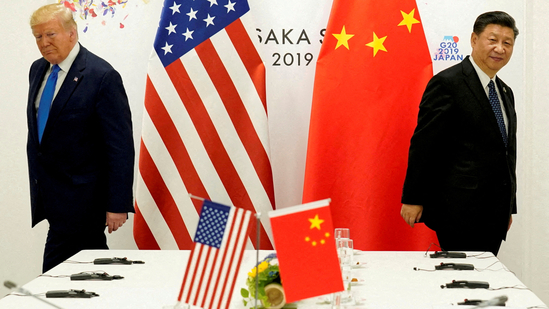Beijing, April 10, 2025 — The ongoing trade conflict between China and the United States took a dramatic turn today as Beijing announced a sweeping increase in tariffs on a wide range of American imports. In a move signaling a significant escalation, China will impose an additional 50% levy, bringing the total effective tariff rate on certain U.S. goods to a staggering 84%.
According to a statement released by China’s Ministry of Commerce, the new tariffs are a direct response to what it called “continued protectionist policies and unfair trade practices” by the United States. The ministry said the duties would cover key sectors including agriculture, automobiles, chemicals, and electronics—industries already strained by previous rounds of tariffs.
“China has no choice but to respond firmly to the growing pressure and unjustified measures taken by the United States,” said a spokesperson for the Ministry. “We urge the U.S. side to return to the path of dialogue and cooperation, rather than confrontation.”
The new tariff hike is expected to take effect within the next two weeks, unless a resolution is reached through diplomatic negotiations.
Washington has not yet issued a formal response, but sources within the U.S. Trade Representative’s office indicated that further retaliatory measures are being considered. The White House had recently threatened additional sanctions and tighter restrictions on Chinese technology firms, which many experts believe triggered Beijing’s latest move.
Financial markets reacted swiftly to the news. U.S. stock indexes dipped in early trading, with major exporters and agricultural stocks taking the brunt of investor anxiety. In Asia, Chinese markets remained volatile, with some sectors showing signs of concern over potential supply chain disruptions.
Trade analysts warn that this latest escalation could have far-reaching implications for both economies and the global market. “An 84% tariff effectively shuts down U.S. exports to China in key industries,” said Dr. Lin Mei, a trade expert at Tsinghua University. “This is no longer just a trade dispute—this is the brink of a full-scale economic cold war.”
American farmers, who rely heavily on exports to China, expressed alarm over the new tariffs. “This could be devastating,” said James Callahan, a soybean farmer in Iowa. “We’ve already been barely hanging on after years of trade tensions. This might be the final blow.”
With neither side showing signs of backing down, the path to de-escalation remains uncertain. Talks between U.S. and Chinese trade officials have reportedly stalled, and both governments appear to be hardening their stances ahead of upcoming elections in both countries.
For now, the global economy watches anxiously as two of the world’s largest economies head deeper into a prolonged and potentially damaging trade war.















 Categories
Categories









